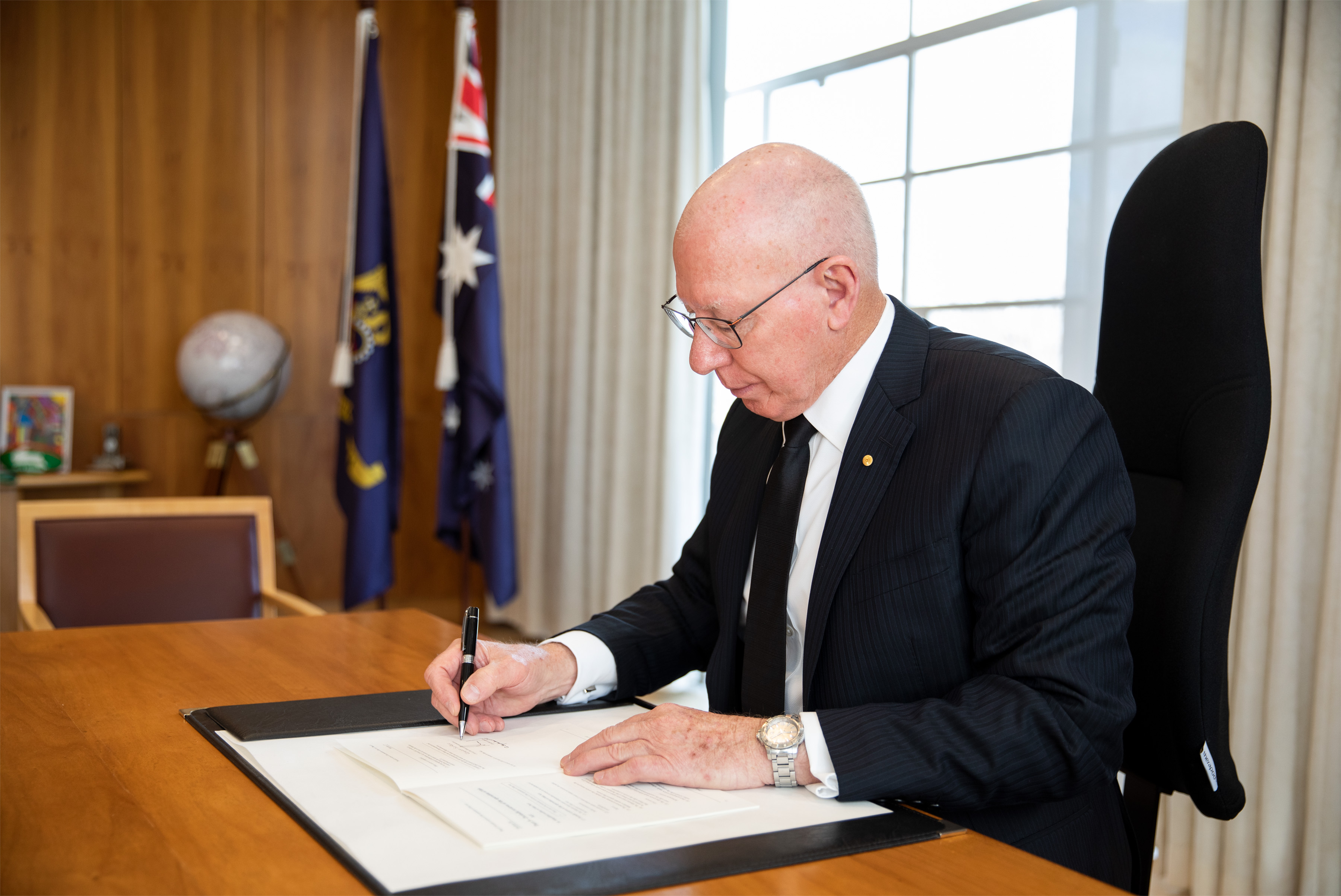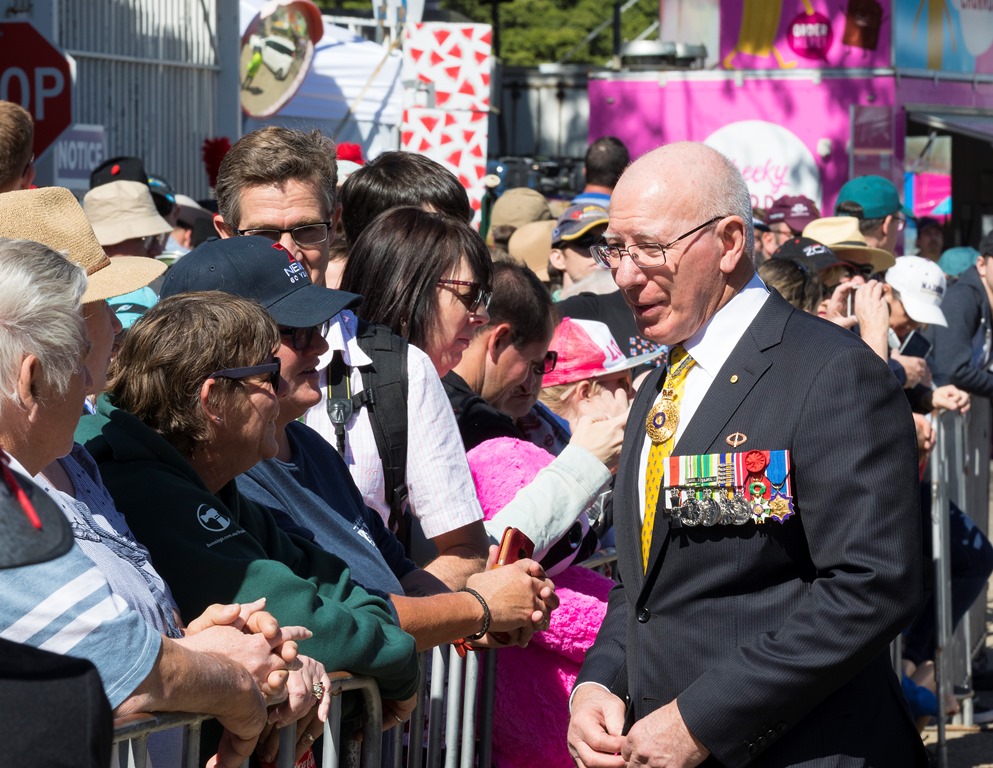Governor-General
The Governor-General has an important role in the governing of Australia. This fact sheet looks at the constitutional, ceremonial and civic roles of the Governor-General.
What will I learn?
- The Governor-General is the King’s representative in Australia.
- The Governor-General’s powers in the Australian Constitution gives them an important role in helping to ensure Australia is governed to the rules set-out in the Constitution.
Curriculum alignment
Year 6 ACHASSK143
Year 7 ACHCK048
Year 10 ACHCK090
Who is the Governor-General?
The Governor-General is the King’s representative in Australia. They are appointed by the King on the recommendation of the Prime Minister. The Governor-General is appointed at ‘the King’s pleasure’, that is, without a fixed term but governors-general are given a 5-year term that can be extended. The Governor-General has some responsibility for making sure Australia is governed according to the rules in the Australian Constitution.
Constitutional role
Australia is a constitutional monarchy. This means the King is our head of state but does not have absolute power; he must follow the Constitution. The King delegates his powers to the Governor-General.
The Governor-General signing a bill.

Office of the Secretary to the Governor-General
Description
The Governor-General wearing a shirt and tie sits at a desk with a pen in hand signing a piece of paper. Behind him is an Australian flag.
Copyright information
Permission should be sought from Office of the Governor-General for third-party or commercial uses of this image. To contact the Office of the Governor-General fill in the form located at https://www.gg.gov.au/email-contacts or phone 02 6283 3533
The Constitution gives the Governor-General the power to:
- give Royal Assent to a bill – proposed law – passed by the Senate and House of Representatives. The Governor-General may recommend changes to a bill; however, no Governor-General has ever refused to give Royal Assent.
- start the process for a federal election
- set times for the meeting of Parliament
- call a joint sitting of Parliament
- act as Commander-in-Chief of the Australian Defence Force.
The Governor-General also has reserve powers not included in the Constitution. They come from the authority of the King, who the Governor-General represents. The only guide to these powers is convention – tradition. The use of reserve powers by governors-general is rare and have only been used a handful of times. This means the exact nature and scope of these powers is open to debate.
The Governor-General’s reserve powers are generally agreed to include the power to:
- appoint a Prime Minister if an election has not resulted in a clear outcome
- dismiss a Prime Minister if they have lost the support of the majority of members of the House of Representatives
- refuse a request from a Prime Minister to call an election
- refuse a request for a double dissolution
- dismiss a Prime Minister or minister if they break the law.
Ceremonial role
The Governor-General's ceremonial and constitutional roles are closely related. The Governor-General's ceremonial duties include:
- attending the opening of a new Parliament and making a speech about what the new government wants to do
- administering the oath of office to the Prime Minister, ministers, judges and other officials
- meeting foreign heads of state and ambassadors
- attending Anzac Day ceremonies
- awarding special honours.
Civic role
The Governor-General engaging in ceremonial duties.

Office of the Governor-General
Description
The Governor-General, wearing a suit and medals on the left side of his chest, talks to people in a crowd.
Copyright information
Permission should be sought from Government House for third-party or commercial uses of this image. To contact Government House fill in the form located at http://www.gg.gov.au/contact.php or phone: 02 6283 3533
The Governor-General engaging in ceremonial duties.

Office of the Governor-General
Description
The Governor-General, wearing a suit and medals on the left side of his chest, talks to people in a crowd.
Copyright information
Permission should be sought from Government House for third-party or commercial uses of this image. To contact Government House fill in the form located at http://www.gg.gov.au/contact.php or phone: 02 6283 3533
An important part of the role of the Governor-General is engaging with the Australian community. Some of the ways the Governor-General does this include:
- visiting places hit by a national disaster, such as floods or fire
- opening and attending national and international meetings and conferences
- attending exhibitions, sporting events and functions as an official patron of organisations
- visiting regions or areas to meet people involved in a particular group or industry.